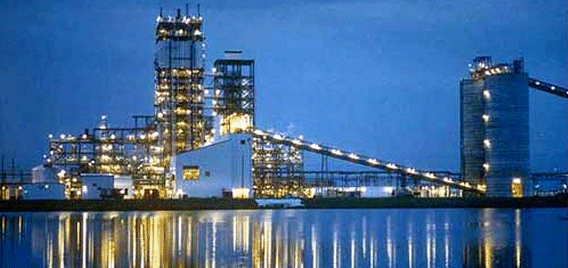Chemical and Process Engineering Resources

Final Purification of Synthesis Gas
The conventional methanation process can result in the loss of hydrogen. Minimizing this loss is of prime concern when examining the process used to purify the syngas.
Pressure Swing Absorption (PSA) Unit
PSA represents an effective means of reducing the hydrogen loss in the methanator. In this process, the product hydrogen is separated out from the raw synthesis gas and then nitrogen is added. The other benefit is the production of pure synthesis gas, which saves on recycle compression and the elimination of the losses through the purge gas stream by way of eliminating the purge itself.
Cryogenic Separation Process
Cryogenic separation of inert gases from the raw synthesis gas is a commonly used approach. This unit is integrated into the purge gas recovery loop from the back to the front end of the ammonia unit. It serves to recover hydrogen from the purge stream and feed it back to the ammonia synthesis loop after recompression.
In this separation process, inerts in the synthesis gas are removed through cryogenic condensation. Typically, the composition of conventionally prepared synthesis gas is about 74% hydrogen, 0.8-1.0% methane, 0.32% argon with the balance being nitrogen. In this process, nearly all of the methane is removed along with half of the argon present, thus it produces "cleaner" synthesis gas for ammonia production. Moreover, the hydrogen to nitrogen ratio of the synthesis gas can be controlled independently without affecting the performance of front end. Traditionally, this ratio is controlled by varying the process air flow to the secondary reformer which makes the system reactive between front end and the back end. A cryogenic separation unit eliminates the dependence of the back end on the performance of the front end.
However, this process does not contribute to energy savings. Rather, it represents a good option for revamps after achieving the limits of capacity using conventional revamps. The cryogenic separation process creates additional margin in the front end by allowing more methane slip and by reducing the total quantity of inerts in the loop.

 FB
FB


0 Comments